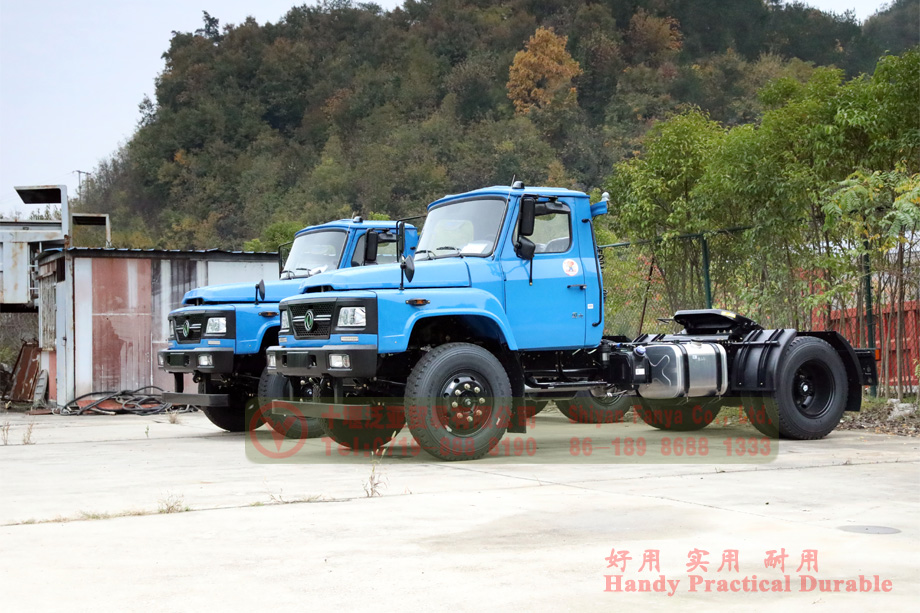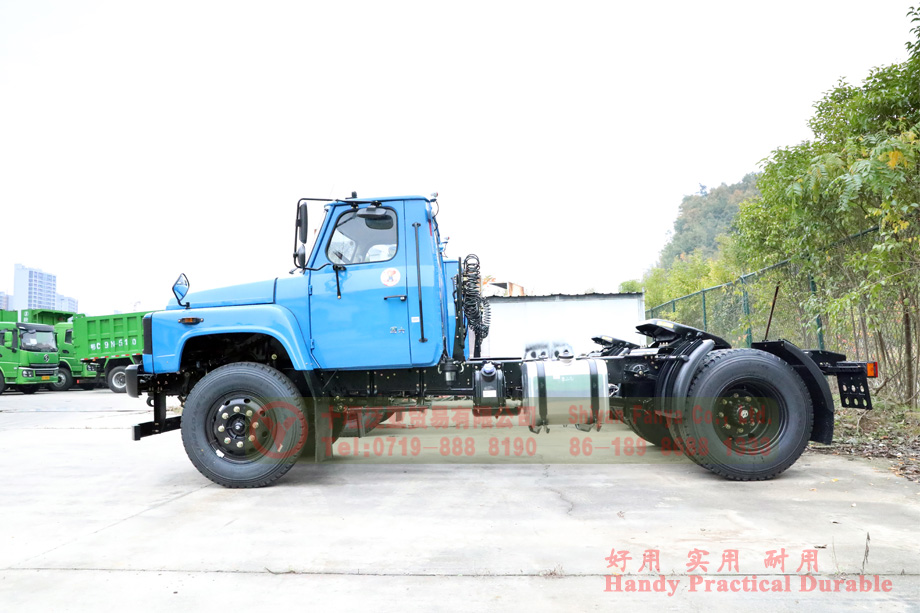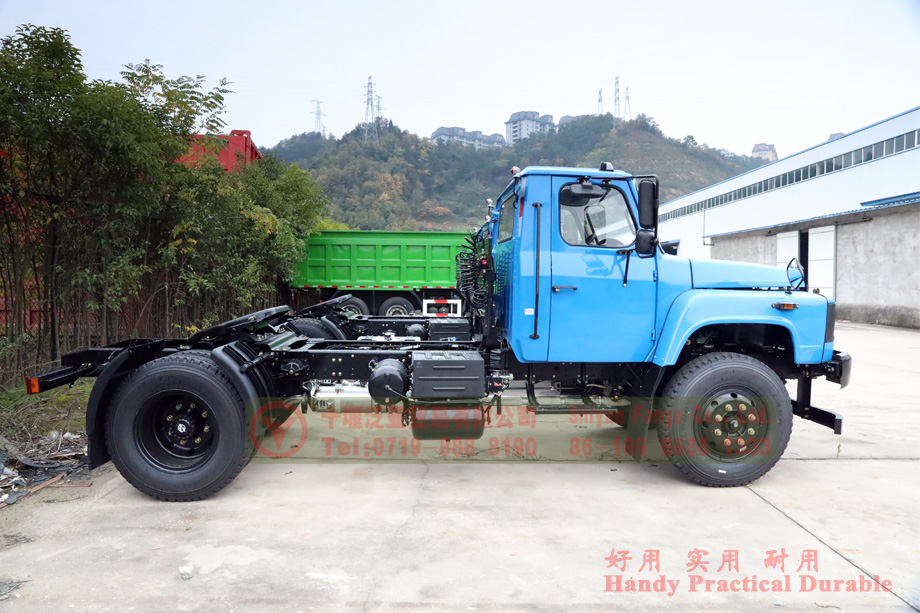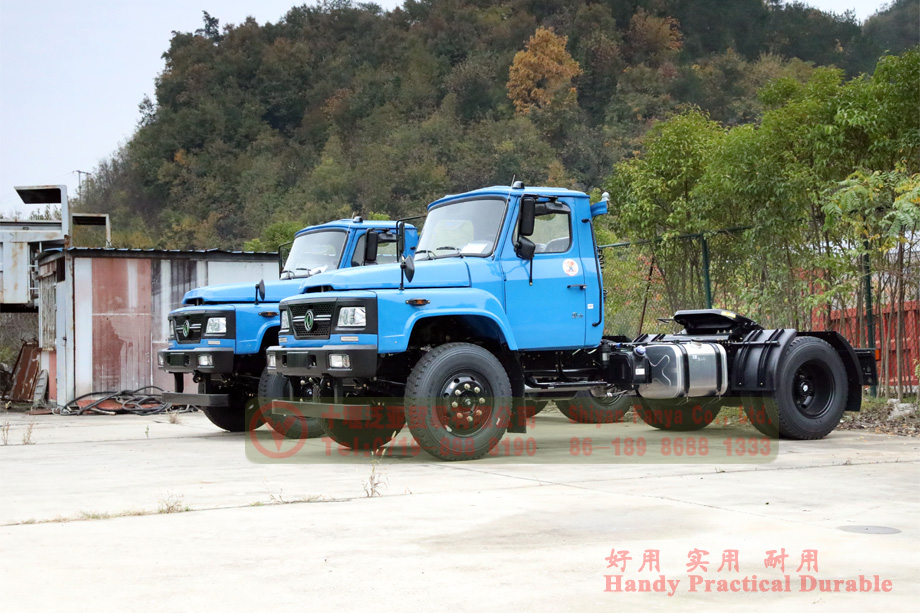The definition and characteristics of the tractor:Tractor, also known as a trailer, tractor, is a vehicle specifically used to tow truck trailer. It is usually composed of chassis, engine, transmission, cab, etc.. The combination of tractor and trailer can form a complete trucking portfolio, and is usually used for long-distance transportation and transportation of heavy-duty cargo.
Tractor-trailers usually have the following characteristics: Powerful power and load-bearing capacity: tractor trucks are usually equipped with high-powered diesel engines, which can provide enough power to support the towing of heavy-duty trailers and have a strong load-bearing capacity.
High stability and reliability: Due to its long wheelbase and low center of gravity design, tractor-trailers are more stable and reliable in the transportation process.
Comfortable driving experience: tractor-trailer is usually equipped with a more spacious and comfortable cab, the driver can get a better driving experience in the long-distance driving process.
Second, the use of tractor-trailer
In the use of tractor-trailer, the following matters need to be noted: Check the vehicle: Before starting the tractor, you need to check whether the vehicle’s engine, transmission, brakes and other components are normal to ensure the safety and reliability of the vehicle.
Hook up the trailer: connect the front part of the trailer to the rear part of the tractor, and need to ensure that the connection is firm to prevent the trailer from detaching during the driving process.
Driving skills: due to the long length of the tractor, the driver needs to have certain driving skills, such as the need to increase the corner when turning, to avoid accidents such as rollover.
Third, the tractor-trailer export matters. In the export of tractor-trailer, the following matters need to be noted:
According to the requirements of the destination country, for the relevant export procedures, such as export customs clearance, freight forwarding, etc.
According to the standards of the destination country, the tractor is tested and certified to ensure that it meets the local technical standards and safety requirements. For example, some countries require all imported tractors to pass local safety certification and obtain relevant certificates before they can run on the road.
Therefore, before exporting tractors, you need to understand the standards and requirements of the destination country to ensure that the tractor has passed local testing and certification at the time of export. This helps to avoid export failure and unnecessary losses during transportation. It also helps to improve the quality and competitiveness of the exported tractors, thus increasing the company’s export business.
Post time: Apr-11-2023

























